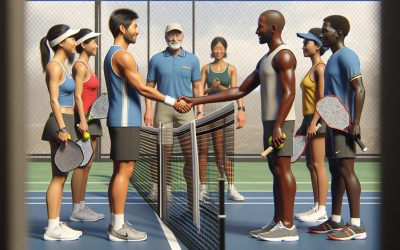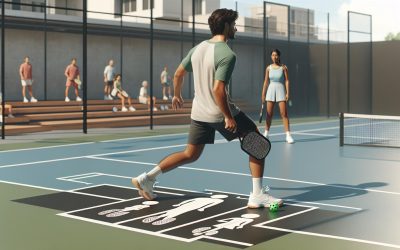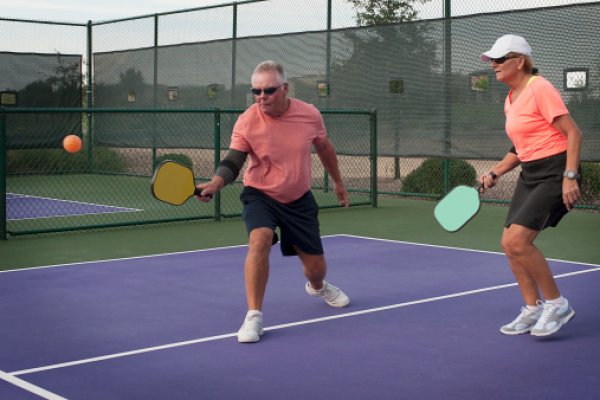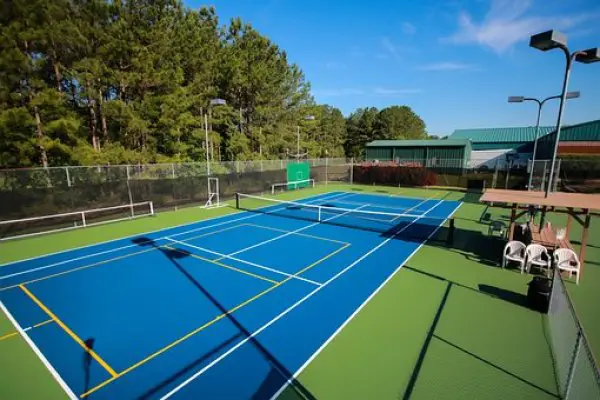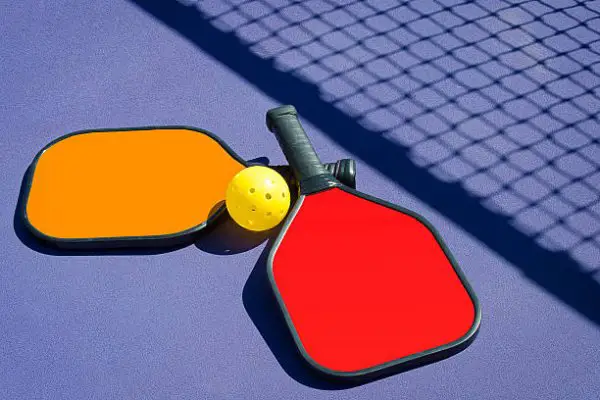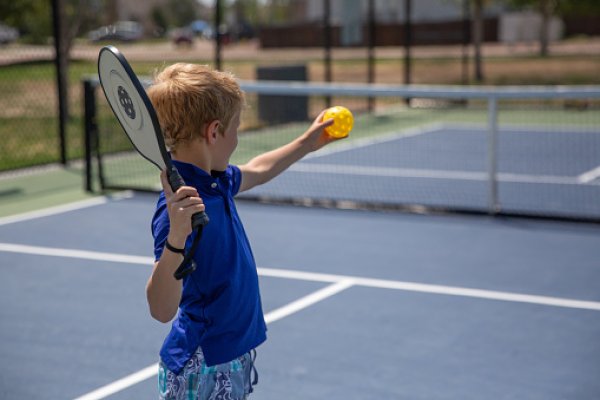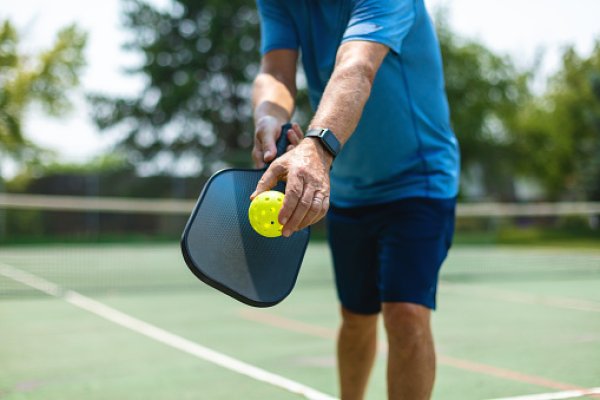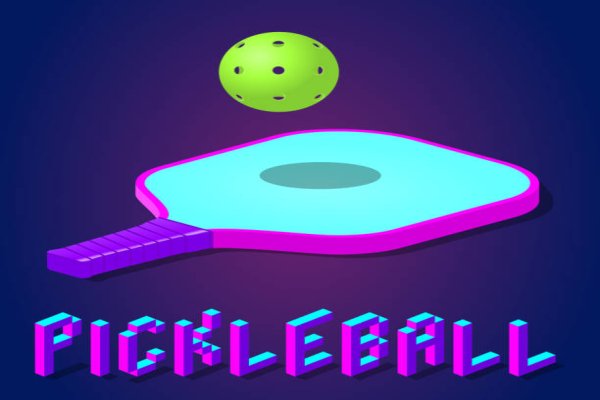PICKLEBALL FOR ALL
Unleash the Fun, Master the Game Serving Smiles on the Pickleball Court!

Invented
Players
Avg Time Played
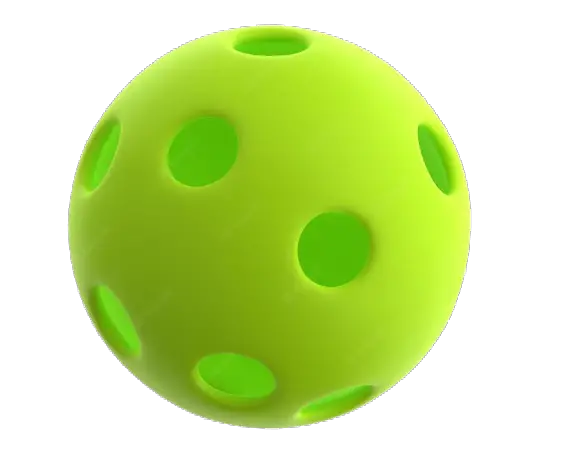

Pickleball 101
Court Size
Pickleball is often described as a more accessible and beginner-friendly alternative to tennis due to its smaller court size and slower ball speed.
Rules
Once the ball is served, both teams must let it bounce once on their side before volleys (hitting the ball in the air) are allowed.
The Game
The game starts with an underhand serve, and the serving team must keep at least one foot behind the backline until the serve is made.
Rules
After the two bounces (one on each side) during the serve, the ball can be played either on the bounce or volleyed as desired.
See Our Latest Posts
Pickleball Sportsmanship: Rules for Player Conduct and Fair Play
Discover the essential rules of conduct and sportsmanship in pickleball, highlighting the roles players and organizers play in creating a respectful and fair environment. Learn how upholding these values benefits the community and ensures the sport’s growth.
Mastering Pickleball: Tips for Handling Net Balls in Service Rules
Discover expert pickleball tips on mastering net balls in service with our in-depth guide on practice drills. Learn how to enhance your reflexes, positioning, and strategy with Server vs. Receiver scenarios, footwork exercises, and more for improved game performance.
Mastering Pickleball: The Rule of Foot Faults Explained and Avoided
Discover the essentials of pickleball foot faults, including what they are, their impact on the game, and expert tips to avoid them. Learn about effective serving techniques, the importance of spatial awareness, and how to improve coordination in doubles play.
Master Pickleball Re-Serve Rules: Tips on When & How to Perfectly Re-Serve
Discover the secrets of mastering the pickleball re-serve. This article guides you through practice tips, visualization techniques, adjusting for wind, targeting weaknesses, and more to improve your serve game. Learn how footwork, strategy, and continuous learning can elevate your performance on the court.
Debunking Myths: What Really Constitutes a Let Serve in Pickleball
Explore the nuances of let serves in pickleball and debunk common misconceptions. Learn how they differ from tennis, their frequency in competitive play, and why they don’t always disadvantage the server. Essential reading for players aiming to refine their game understanding.
Master Pickleball’s Double Hit Rules: Key Strategies for Fair Play
Dive into the complexities of pickleball’s double hit rules with our comprehensive guide. Learn the importance of official rules, practical drills for better paddle control, and strategies to boost your game and maintain competitiveness.
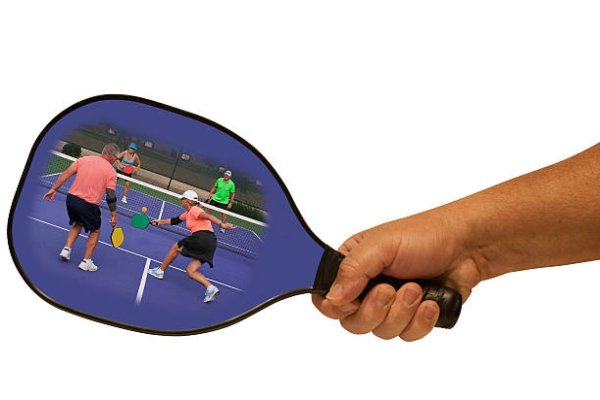
Pickleball Game Facts:
Pickleball is often described as a more accessible and beginner-friendly alternative to tennis due to its smaller court size and slower ball speed.
The game starts with an underhand serve, and the serving team must keep at least one foot behind the backline until the serve is made.
Once the ball is served, both teams must let it bounce once on their side before volleys (hitting the ball in the air) are allowed.
After the two bounces (one on each side) during the serve, the ball can be played either on the bounce or volleyed as desired.
The ball must stay in play and not go out of bounds or touch the non-volley zone (the kitchen) during the rally.
Players can score points only when serving, and if they win the rally, they get to retain the serve for the next point.
Team Size:
Pickleball can be played in singles or doubles format. In singles, it’s a one-on-one game, while doubles involves two players on each team.
Doubles is the most popular format of the game, and it’s often preferred due to its social and team-oriented nature.
A standard pickleball match consists of two teams, each with two players, playing against each other.
The two players on a team work together to cover the court and strategize during the match.
Time Played:
The duration of a pickleball match can vary based on factors such as skill level, game format (singles or doubles), and the scoring system used.
Generally, a pickleball game played to 11 points may take around 15 to 30 minutes to complete.
Competitive matches, especially at higher levels, can last longer, ranging from 30 minutes to an hour or more.
Some tournaments and events may have time limits for matches, ensuring the smooth progression of the overall competition.
Pickleball’s relatively short duration makes it an attractive sport for players who want to get some exercise and have fun without committing to long matches.
It’s worth noting that the duration of a pickleball match can vary widely based on individual playing styles, the pace of the game, and other external factors. As with any sport, the actual time played can be influenced by various circumstances.
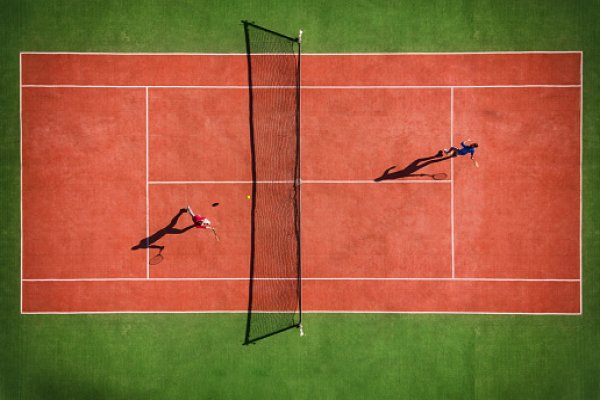
Get in touch (and in shape)

